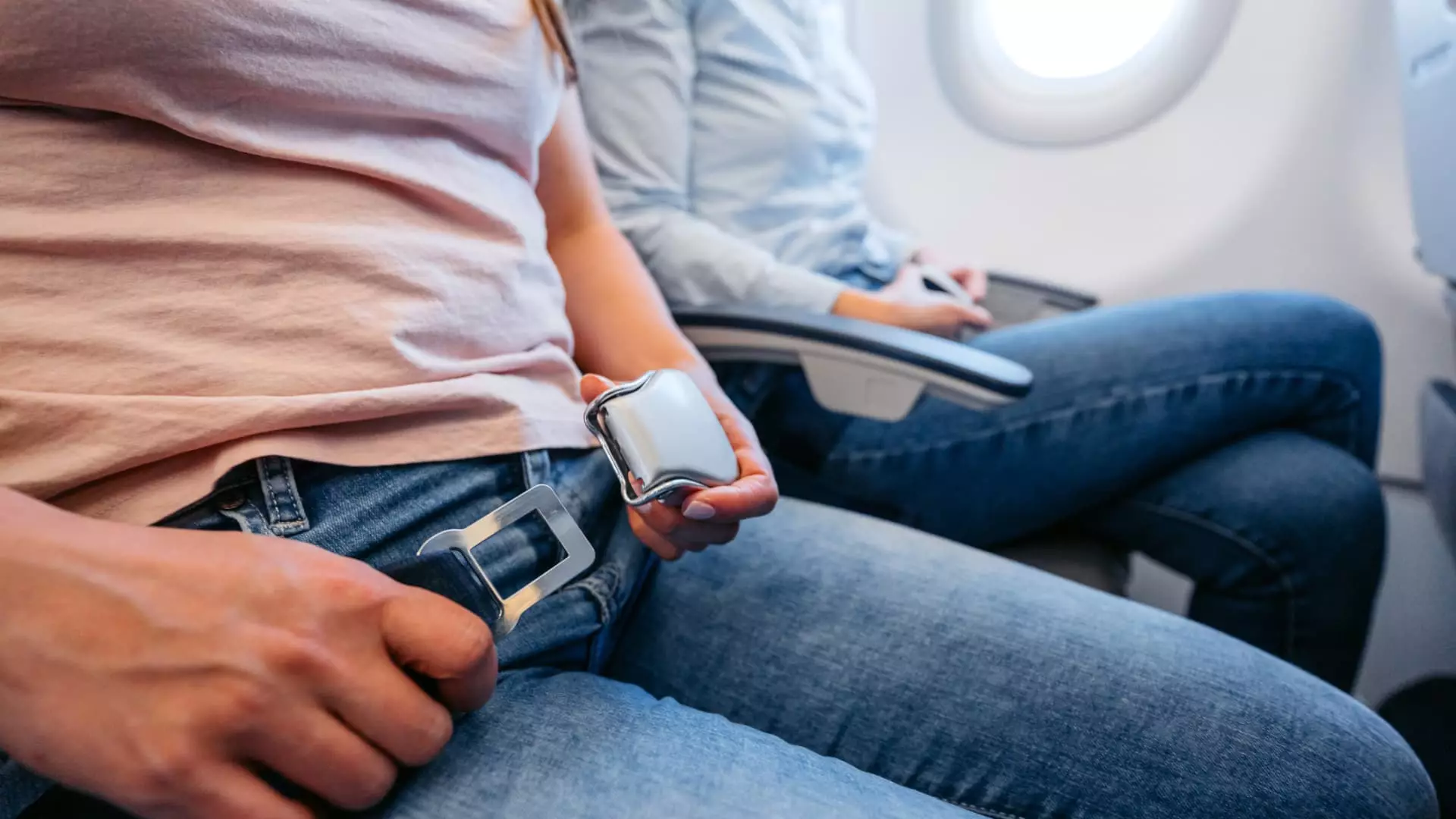The aviation industry stands on the brink of a tumultuous year, with ongoing turbulence stemming from Boeing’s predicament. Experts in aviation consulting forecast that delays in aircraft deliveries and supply chain disruptions will be prevalent until at least 2025. The anniversary of a significant incident involving an Alaska Airlines Boeing 737 Max 9 has only intensified scrutiny of Boeing’s operational integrity. The industry’s concerns had reached a fever pitch when a door panel detached mid-flight, leading to renewed doubts about the company’s quality and safety protocols. In response, Boeing has initiated various internal reforms, from mandatory staff training to enhanced inspection standards. However, past failures and lingering shortfalls have many industry insiders questioning whether these changes are enough.
Mike Boyd, co-founder of Boyd Group International, does not mince words regarding the depth of Boeing’s challenges. He staunchly advocates for a complete overhaul of the company’s leadership, suggesting a lack of significant changes despite new faces at the executive level. “The new CEO may talk about reform, but these issues run deep,” Boyd declared. The ramifications for airlines reliant on Boeing aircraft—like Southwest, Wizz Air, and Ryanair—are severe. With Boeing unable to fulfill aircraft deliveries, these airlines face costly overhauls of older jets they had planned to phase out. Boyd predicts a “bumpy year ahead,” where Boeing may cede valuable market share to its primary competitor, Airbus. The company’s potential transformation into a “secondary player” raises alarm bells across the aviation ecosystem.
Furthermore, U.S. Transportation Secretary Pete Buttigieg acknowledged that Boeing must undertake substantial work to cultivate a safer and more reliable operational culture. The complexities of this cultural overhaul are unfolding slowly, as success will ultimately be gauged by measurable improvements in performance and safety results. John Grant, chief analyst at OAG, echoes concerns about the immediate future of Boeing’s operations, suggesting that genuine progress may not be realized until late 2025. Even as the company has managed to stabilize operational performance, the financial outlook remains less optimistic.
Boeing’s lack of profitability since 2018 compounds its operational challenges. In an attempt to preemptively strike against production setbacks, machinists recently organized for wage increases to offset the tough economic landscape. This industrial friction is one piece of a larger puzzle that includes difficulties with financial viability and relationships with labor unions. While the company has emphasized its dedication to rectifying issues via its “Safety and Quality Plan,” industry experts warn that Boeing’s bandwidth for improvement is severely stretched under the weight of ongoing crises.
Brendan Sobie, an analyst with Sobie Aviation, highlights that overarching issues plaguing the aviation industry are not limited to Boeing. Problems with spare parts and engine maintenance encapsulate systemic issues within the broader aerospace ecosystem. Airlines are feeling the heat, particularly due to reliability troubles linked with prominent engine producers like Pratt & Whitney and Rolls-Royce. Sobie notes that while these manufacturers may be on a more stable trajectory, the aftershocks of previous setbacks still disrupt day-to-day airline operations.
The Grizzled Impact on Air Travel Costs
These operational hiccups appear poised to affect consumers as well. Boyd speculates that the unavailability of engines is leading airlines to ground portions of their fleets, resulting in fewer affordable air travel options. He points to specifics like Wizz Air’s decision to temporarily suspend a significant portion of its fleet. Airline ticket prices, traditionally sensitive to market demand, are expected to ascend as the number of flights diminishes, making travel less accessible.
Scott Keyes, founder of the travel resource site Going, highlights the volatility of airfares following the ups and downs of the post-COVID landscape. With airlines attempting to balance grounded flights and an increased need for travel, ticket prices will likely exceed pre-pandemic levels. Meanwhile, Sobie observes that increased flights, particularly in recovering regions like Asia-Pacific, may help to moderate the price surges caused by capacity shortages domestically.
While Boeing embarks on its journey to recovery with intentions of bolstering its operational integrity and safety culture, the aviation sector faces a multifaceted crisis that imbues uncertainty in both business and consumer markets. The stakes are high as stakeholders navigate this volatile period, with implications reverberating far beyond Boeing’s corporate walls.

